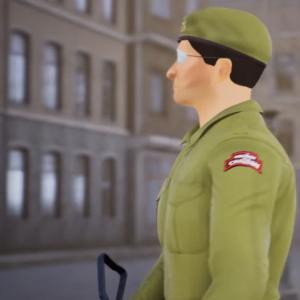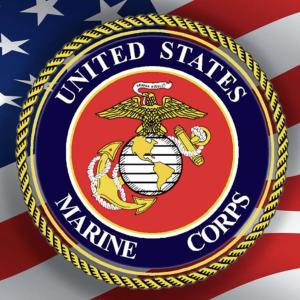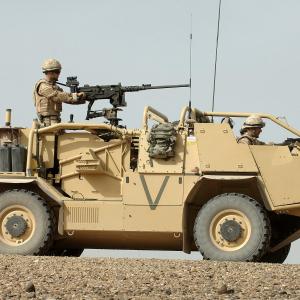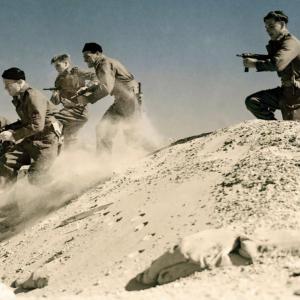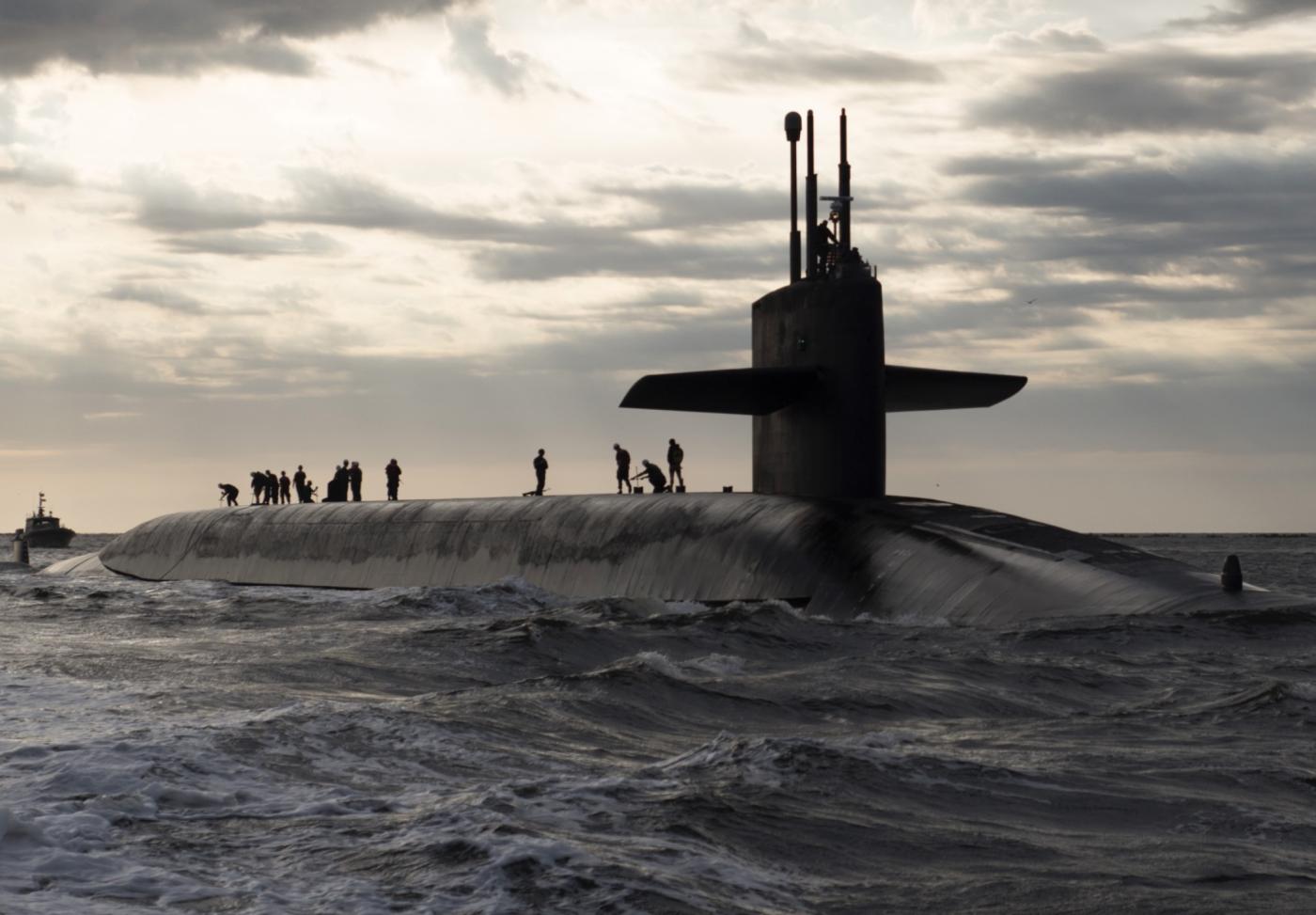
Ohio class Submarines
The Ohio-class submarines represent the pinnacle of the United States Navy's strategic deterrence capabilities. Designed during the Cold War to ensure a secure second-strike capability, these submarines have formed the backbone of America's sea-based nuclear deterrent since their introduction in the early 1980s. Their ability to remain submerged for extended periods, combined with a formidable arsenal of ballistic and cruise missiles, makes them one of the most potent and survivable platforms in the world.
The design of the Ohio-class submarines reflects a mission profile centered around stealth, endurance, and firepower. At 560 feet (170 meters) in length and with a beam of 42 feet (13 meters), these vessels are the largest submarines ever built for the U.S. Navy. Their hull form is optimized for stealth and hydrodynamic efficiency, with a teardrop shape that minimizes acoustic signature and drag. The pressure hull is constructed from high-strength HY-80 steel, capable of withstanding the immense pressures found at operational depths of over 800 feet. An estimated 18,750 tons when submerged, the Ohio-class submarines are among the heaviest of all submarine types currently in service.
One of the defining features of the class is its nuclear propulsion system, which allows these submarines to operate submerged for months at a time. Each vessel is powered by a General Electric S8G pressurized water reactor, driving two turbines and a single shaft. This reactor provides virtually unlimited range, enabling the submarine to circumnavigate the globe without surfacing. The only limiting factors for the duration of a patrol are food supplies and crew endurance. On average, an Ohio-class submarine can remain submerged for approximately 70 to 90 days during a standard patrol, but technically could stay underwater far longer if necessary.
The construction of these submarines was carried out primarily by the Electric Boat Division of General Dynamics, based in Groton, Connecticut, with some final assembly and outfitting done at the Puget Sound Naval Shipyard in Washington State. The first boat in the class, USS Ohio (SSBN-726), was commissioned in 1981. A total of 18 submarines were built between 1976 and 1997. Originally, all 18 were designed as ballistic missile submarines (SSBNs), but following arms reduction treaties and evolving mission requirements, four of the later boats—Ohio, Michigan, Florida, and Georgia—were converted into guided missile submarines (SSGNs) in the early 2000s.
The original 14 SSBNs carry Trident II D5 ballistic missiles, each capable of delivering multiple independently targetable reentry vehicles (MIRVs). These missiles are launched vertically from one of 24 missile tubes in the midsection of the submarine. Each Trident II D5 has a range exceeding 7,500 miles and can carry up to 12 nuclear warheads, although arms control agreements typically limit the number of warheads deployed per missile. The fire control system aboard the submarine ensures a high degree of targeting accuracy, with an estimated circular error probable (CEP) of less than 100 meters. This makes the system effective not just for retaliatory strikes, but potentially also for first-strike counterforce missions, should such a scenario ever arise.
The four SSGNs, following their conversion, now carry up to 154 Tomahawk cruise missiles in place of the Trident ballistic missiles. This conversion involved reconfiguring the missile tubes to accommodate multiple launch canisters for Tomahawks. These missiles provide the submarines with a significant land-attack capability, supporting conventional strike missions in the early stages of conflict. Additionally, SSGNs have been outfitted to support special operations forces, with the capability to embark up to 66 Navy SEALs and their equipment. They include lockout chambers and the ability to launch mini-submarines or swimmer delivery vehicles, enabling clandestine insertion of personnel close to hostile shores.
Beyond their primary strategic roles, the Ohio-class submarines are equipped with a range of defensive systems and support capabilities. All boats in the class are fitted with a Raytheon AN/BYG-1 combat control system, as well as advanced sonar suites including the BQQ-10 passive/active sonar system and TB-29 towed array. For self-defense, these submarines carry Mark 48 heavyweight torpedoes, launched from four 21-inch torpedo tubes located in the bow. These torpedoes can be used against both surface ships and enemy submarines, though in practice, the Ohio-class is rarely used in offensive anti-ship roles due to the strategic nature of its missions.
The crew complement of an Ohio-class submarine typically includes 155 personnel, split between Blue and Gold crews. This dual-crew system allows for increased operational availability, with one crew resting and training ashore while the other is on patrol. Each patrol lasts about three months, after which the submarine returns to port for resupply and crew turnover. This arrangement has proven highly effective in maintaining a near-continuous presence at sea, ensuring that the strategic deterrent is always active.
The longevity of the Ohio-class fleet has been extended through service life extension programs, with many boats expected to remain in service into the 2030s. However, the class is being gradually replaced by the Columbia-class submarines, the first of which is expected to enter service by 2031. The new submarines will carry fewer missiles—16 Trident launch tubes—but will feature improved stealth, updated systems, and a life-of-ship nuclear reactor core that eliminates the need for mid-life refueling.
The significance of the Ohio-class submarines in global strategic stability cannot be overstated. They serve as the most survivable leg of the U.S. nuclear triad, operating silently in the vastness of the world's oceans. Their deterrent effect lies in their invisibility and assured second-strike capability; adversaries must always assume at least one or more submarines are at sea, ready to respond to any nuclear aggression. This uncertain but guaranteed retaliation capability is what makes them such a crucial component of deterrence theory and nuclear strategy.
Despite their age, Ohio-class submarines continue to perform critical missions around the globe. They remain a potent reminder of the destructive power held in reserve by the world’s nuclear powers, and of the delicate balance that strategic deterrence seeks to maintain. Their adaptability—from nuclear strike platforms to conventional strike and special operations support—also underscores the versatility that modern naval assets must possess in a rapidly evolving threat landscape.
The Ohio-class legacy will influence submarine design and naval strategy for decades. Even as new classes emerge, the lessons learned from the design, deployment, and operation of these submarines will continue to shape the development of undersea deterrence and strike platforms. Their impact on strategic doctrine, naval engineering, and arms control discussions marks them as one of the most important classes of warships in modern history.

